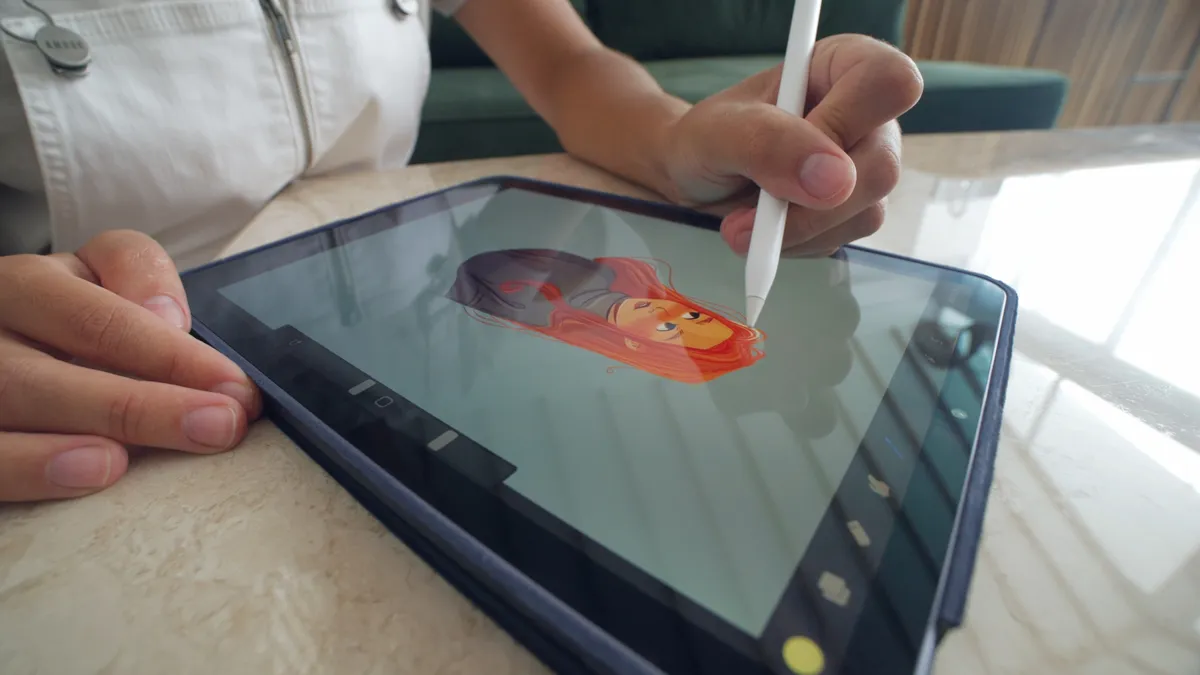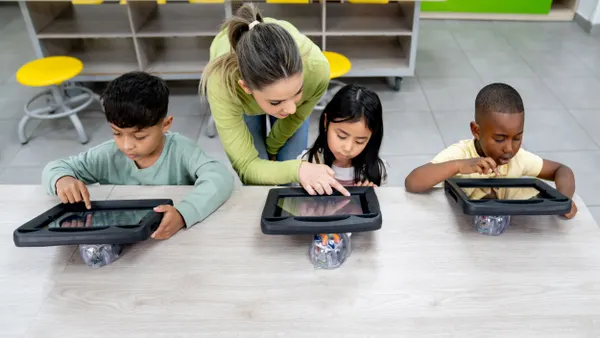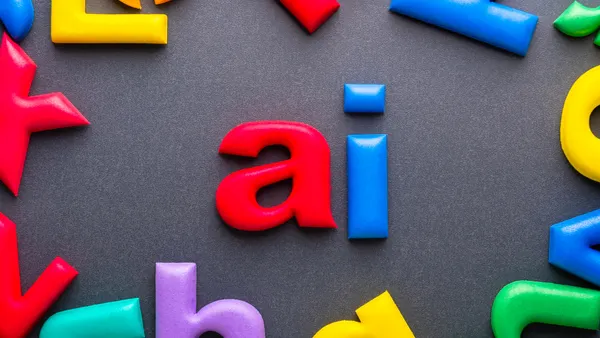Designing a video game can allow students’ imaginations to thrive — or even challenge them to draw inspiration from their own experiences.
“Inbody,” a game developed during the COVID-19 pandemic by a high school student who took a game design course with the nonprofit Urban Arts, explores and restores a kingdom located throughout different parts of the body. The goal of the game is one of healing, said Urban Arts CEO Philip Courtney.
Another game created by a high school student who immigrated from Guinea to the U.S. presents an interactive virtual story that requires the player to understand the choices immigrants must make when deciding to assimilate into American culture, Courtney said.
“I love it when students make games that are very close to themselves,” Courtney said.
Urban Arts aims to use computer science, coding, animation, music and storytelling to teach the art and technology of game development to underrepresented students, according to its website. It’s a mission that recently helped the nonprofit land a $4 million grant from the U.S. Department of Education to teach game design and coding, using Minecraft Education’s platform at the middle school level.
The three-year federal grant will help Urban Arts reach 3,450 students across more than 70 Title I schools in California, New York and, potentially, other states.
Another guiding principle of Urban Arts is to teach STEM skills like coding to underrepresented students — particularly women and girls and students of color — in an engaging way that will ultimately lead them into successful careers and economic mobility, Courtney said.
“We are filling a gap around STEM learning for underrepresented communities” so students can start to develop an identity and imagine themselves working in the STEM field, Courtney said.
The new middle school program, dubbed Creative Coders, is an expansion of a similar Urban Arts effort at the high school level. It represents the third federal grant the department’s Office of Education Innovation Research has awarded to Urban Arts to help develop such programs.
Urban Arts plans to begin the Creative Coders program with a small group of schools as soon as this spring, but it will launch at a larger scale this fall, said Amy Patterson, chief program officer at Urban Arts.
While Urban Arts' high school program teaches computer science, coding and game design through lessons embedded in the arts, storytelling and more, Patterson said the organization's educators realized "there was a gap in that students really need to be learning earlier how to get excited about computer science.”
“So we went ahead and decided to adapt that really highly successful high school computer science curriculum to this middle school setting,” Patterson said.
Urban Arts is tapping into Minecraft for these new middle school lessons, because it’s very accessible to schools and younger students, she said.
Additionally, any school with a Microsoft contract has access to Minecraft Education programming for free, Courtney added.
For Patterson, a key goal of the nonprofit’s curriculum is to get students to become technology creators rather than just technology consumers. “Even in this Minecraft program, they’re using this highly popular game, but they have these opportunities now to go in and create video games within Minecraft.”













